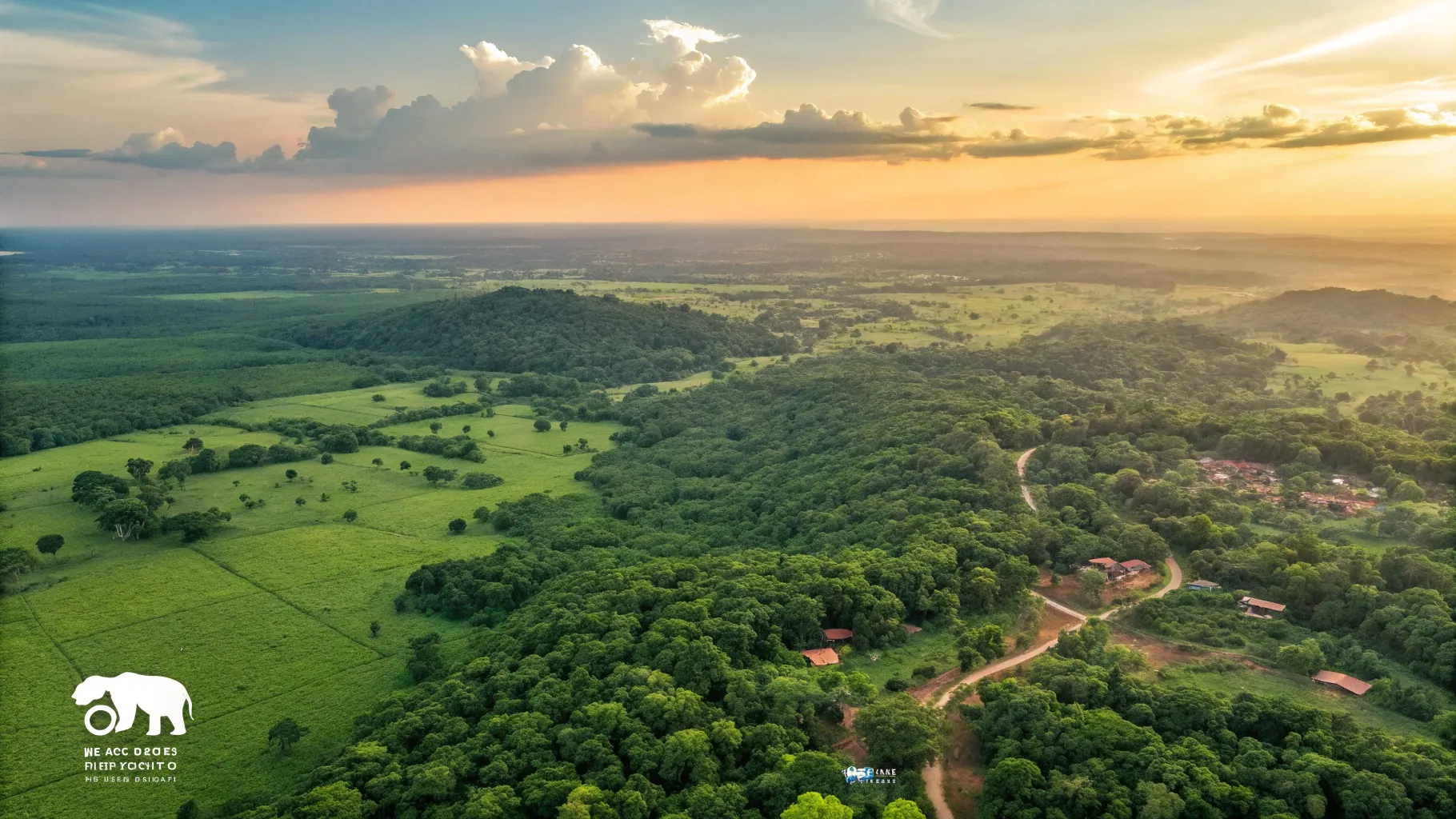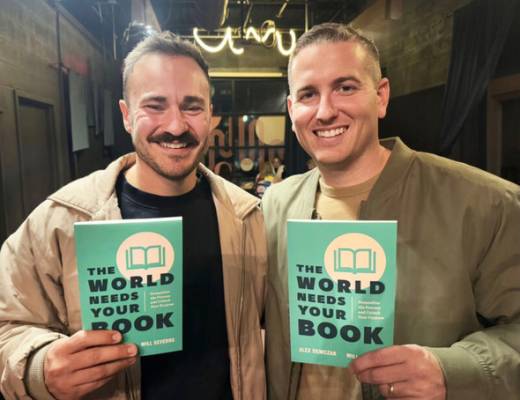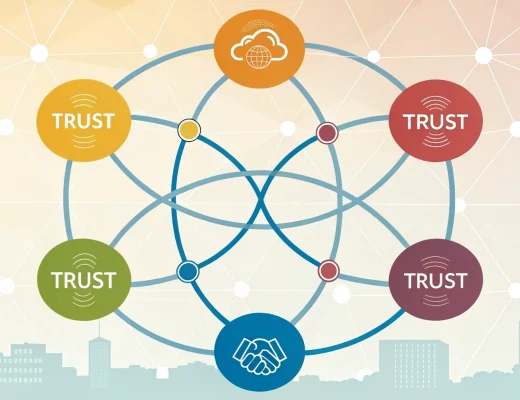Flying over the tiny Gombe National Park was a turning point in my understanding of conservation. Below me stretched a landscape that told a complex story – one where the fate of chimpanzees and humans were deeply intertwined.
For years, I had focused on studying chimpanzees, documenting their behaviors and raising awareness about their declining populations. I learned extensively about habitat loss and its devastating effects on chimp communities. But what became increasingly clear was that I had been seeing only half the picture.
The communities surrounding chimp habitats face overwhelming challenges:
- Crippling poverty that forces impossible choices
- Lack of access to adequate healthcare
- Limited educational opportunities
- Degraded farmland that yields less each year
These challenges create a situation where local people have no choice but to cut down trees to grow food or earn income through charcoal production and timber harvesting. It’s not destruction for destruction’s sake – it’s survival.
Conservation Through Community
This realization fundamentally changed my approach to conservation. We cannot save chimpanzees without addressing human needs first. The two are not separate issues but deeply connected parts of the same problem.
This insight led to the creation of the Jane Goodall Institute’s TACARE program. Rather than imposing conservation from the outside, TACARE works directly with local communities to develop sustainable solutions that benefit both people and wildlife.
The program focuses on:
- Improving agricultural practices to increase yields without expanding farmland
- Providing better healthcare and family planning resources
- Expanding educational opportunities, especially for girls
- Creating alternative income sources that don’t rely on forest destruction
- Empowering communities to become stewards of their natural resources
When we support communities in finding ways to meet their needs without destroying forests, we create allies in conservation rather than opponents. This approach recognizes that people cannot and should not be expected to prioritize wildlife conservation when their own families are struggling to survive.
If we can’t help them find ways of living without destroying the environment, we can’t save chimps, forests, or anything else.
A Holistic Approach
My work has taught me that effective conservation must be holistic. We must address poverty, education, healthcare, and sustainable livelihoods alongside habitat protection. These aren’t separate issues – they’re interconnected challenges that require integrated solutions.
The TACARE program demonstrates that when local communities have their basic needs met and can see direct benefits from conservation, they become its strongest advocates. They develop a sense of ownership over their natural resources and work to protect them for future generations.
This approach takes more time and requires more resources than simply designating protected areas and enforcing boundaries. But it’s the only approach that creates lasting change and genuine protection for endangered species like chimpanzees.
Moving Forward Together
After decades of conservation work, I’m convinced that the most effective environmental protection comes when we recognize the dignity and needs of the people who share habitats with endangered species. Conservation cannot succeed if it ignores human suffering.
The path forward must include supporting sustainable development that allows communities to thrive while protecting natural resources. This means investing in education, healthcare, sustainable agriculture, and alternative livelihoods.
When we help people find ways to live without destroying their environment, we create a foundation for conservation that can endure for generations. This is the approach that will ultimately save not just chimpanzees, but forests, biodiversity, and the future of our planet.
Frequently Asked Questions
Q: What is the TACARE program and how does it work?
TACARE is a community-centered conservation program created by the Jane Goodall Institute. It works directly with local communities surrounding wildlife habitats to develop sustainable solutions that benefit both people and wildlife. The program focuses on improving agriculture, healthcare, education, and creating alternative income sources that don’t require forest destruction.
Q: Why focus on human needs instead of just protecting chimpanzee habitats?
When people are struggling with poverty, they have no choice but to use natural resources to survive, even if that means cutting down forests. By addressing human needs first, we remove the pressure on communities to exploit their environment. This creates a sustainable foundation for long-term conservation efforts that both local communities and wildlife can benefit from.
Q: What are the main threats facing chimpanzee populations today?
Habitat loss is the primary threat, as forests are cleared for agriculture, charcoal production, and timber. Other threats include hunting for bushmeat, the illegal pet trade, and disease transmission between humans and chimps. Many of these threats are directly connected to human poverty and lack of sustainable alternatives.
Q: How can conservation efforts be more successful in the long term?
Successful conservation must take a holistic approach that addresses both environmental protection and human development needs. Programs that ignore local communities or try to exclude them from natural resources typically fail. The most effective conservation efforts involve communities as partners, provide tangible benefits to local people, and create sustainable alternatives to environmental destruction.
Q: What can individuals do to support community-centered conservation?
Support organizations that take a holistic approach to conservation, including addressing human needs alongside wildlife protection. Look for programs that emphasize community involvement, sustainable development, and local empowerment. When traveling, choose ecotourism options that benefit local communities. Educate yourself about the complex social and economic factors that drive environmental destruction in different regions.






